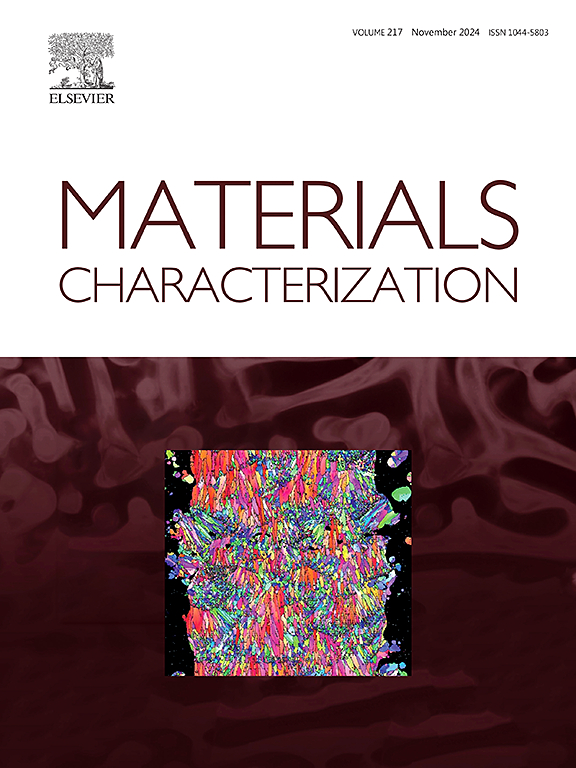Enhanced impact toughness in Fe-Mn-Cr-Al-C TWIP steel by Cu alloying
IF 4.8
2区 材料科学
Q1 MATERIALS SCIENCE, CHARACTERIZATION & TESTING
引用次数: 0
Abstract
Development of twinning-induced plasticity (TWIP) steel with enhanced strength and toughness through conventional alloying is crucial for broadening its potential applications. In this study, Charpy impact tests on Cu-alloyed Fe-Mn-Cr-Al-C TWIP steel revealed that Cu alloying significantly enhances impact toughness. The improvement is primarily attributed to the following aspects. Firstly, Cu alloying increases the stacking fault energy (SFE) and further stabilizes the austenite thermodynamically. Secondly, the formation of short-range ordering (SRO) induced by Cu alloying improves dislocation dynamics, facilitating planar dislocation movement over wavy slip. This modification enhances localized dislocation interactions and forms high-density dislocation cells or walls under impact conditions, ultimately delaying dynamic recovery and improving toughness. Furthermore, the Cu-alloyed TWIP steel exhibits higher local orientation gradients and more uniform deformation, strengthening its plastic deformation ability and delaying crack propagation. While conventional strengthening mechanisms such as solid solution strengthening, grain refinement and twinning effects contribute minimally, the combined effects of exceptional austenite stability, modified deformation mechanisms and enhanced fracture resistance associated with Cu alloying dominate the toughness improvement. These findings provide valuable insights for optimizing the TWIP steel properties through alloy design.
求助全文
约1分钟内获得全文
求助全文
来源期刊

Materials Characterization
工程技术-材料科学:表征与测试
CiteScore
7.60
自引率
8.50%
发文量
746
审稿时长
36 days
期刊介绍:
Materials Characterization features original articles and state-of-the-art reviews on theoretical and practical aspects of the structure and behaviour of materials.
The Journal focuses on all characterization techniques, including all forms of microscopy (light, electron, acoustic, etc.,) and analysis (especially microanalysis and surface analytical techniques). Developments in both this wide range of techniques and their application to the quantification of the microstructure of materials are essential facets of the Journal.
The Journal provides the Materials Scientist/Engineer with up-to-date information on many types of materials with an underlying theme of explaining the behavior of materials using novel approaches. Materials covered by the journal include:
Metals & Alloys
Ceramics
Nanomaterials
Biomedical materials
Optical materials
Composites
Natural Materials.
 求助内容:
求助内容: 应助结果提醒方式:
应助结果提醒方式:


